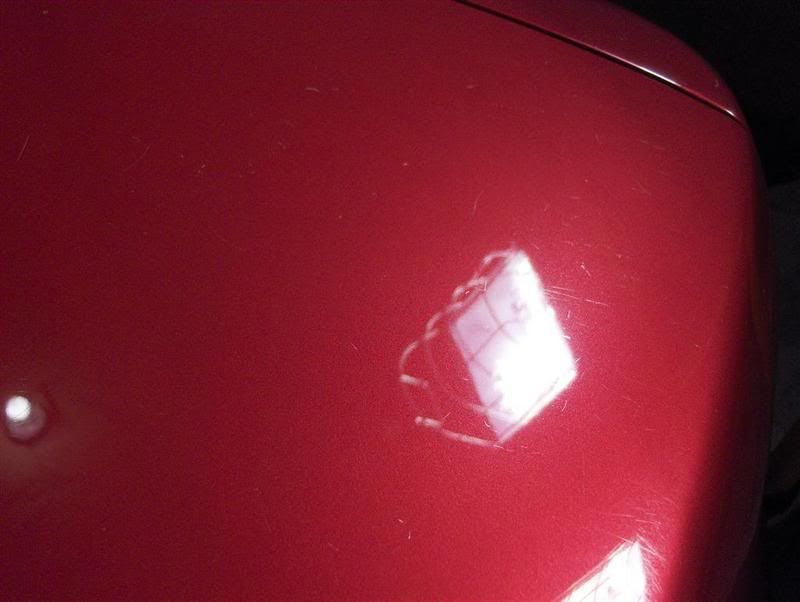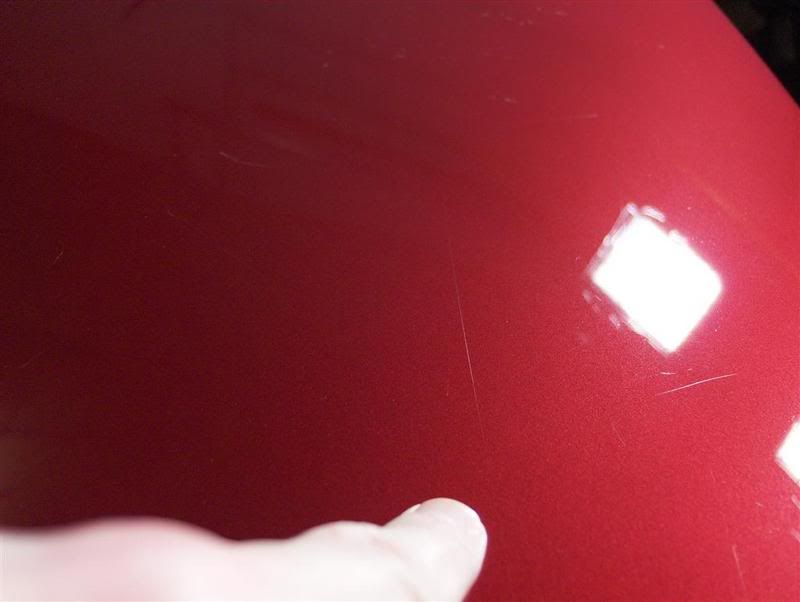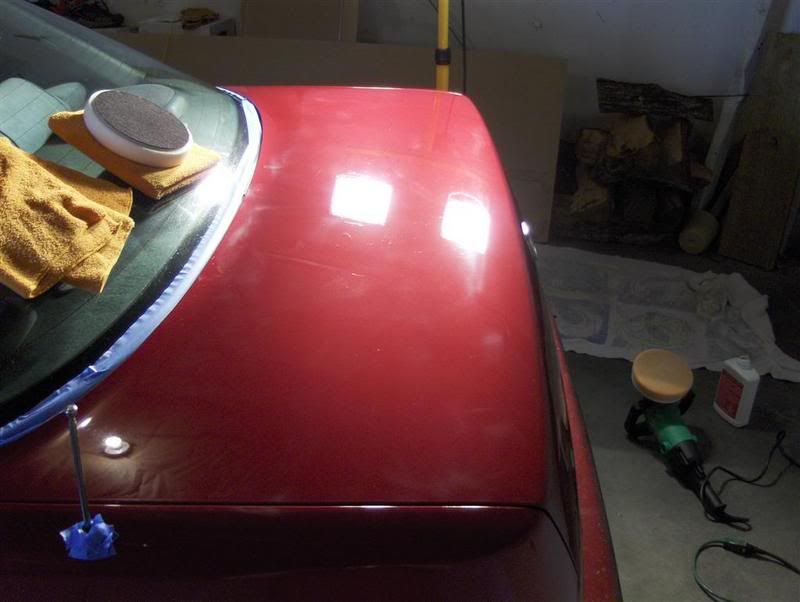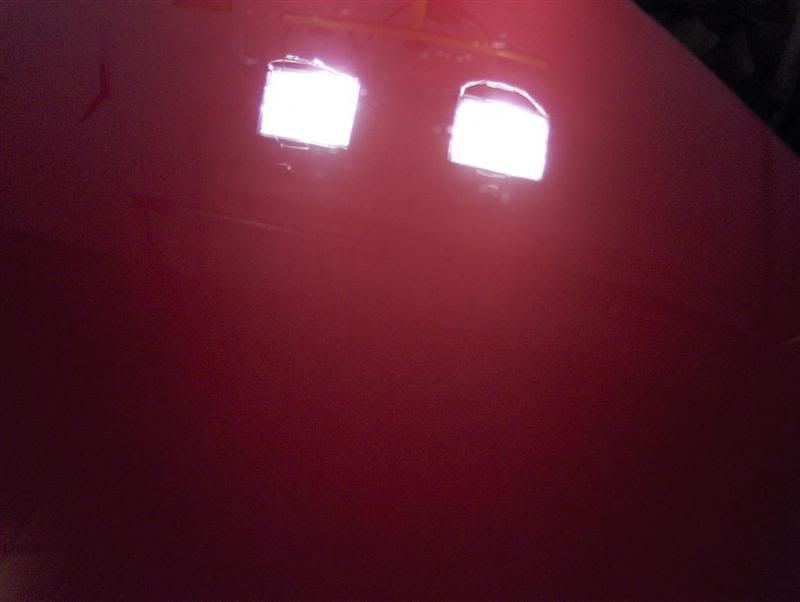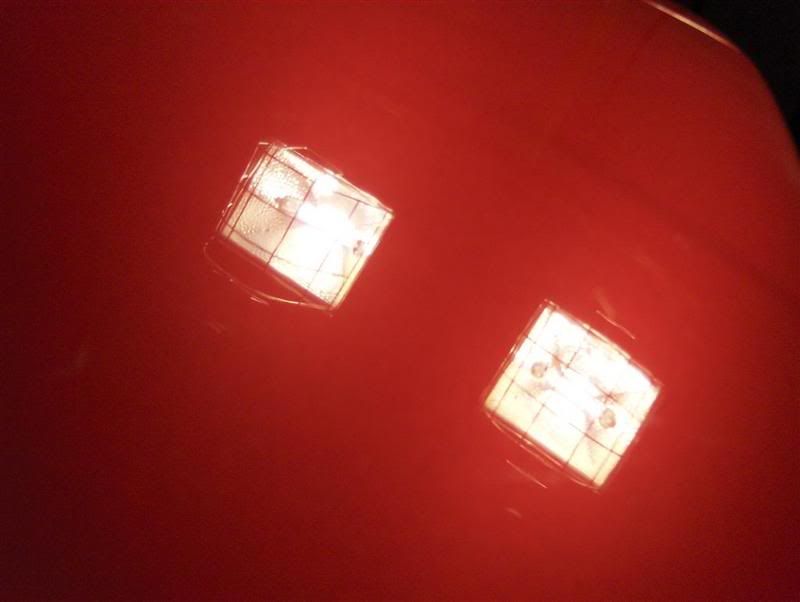If I may make a cpuple of comments regarding the PC and the rotary polisher. For me, the rotary is the ultimate tool, but its advantage for me as far as defect removl goes lies in the speed with which it will remove defects. A PC7424, with enough time and patience, will cut away enough paint to remove defects, but on cars with hard finishes it will take a very long time and as a result for me the rotary polisher is the better option...
However, just to show that thorough defect correction can be achieved by PC, here is an Audi A4 that has spent its life in car washes that I detailed using a PC. It had severe swirls and marring, and I used Power Gloss by 4" pad and the slow cut method twice, then Intensive Polish to remove the micromarring...
Bonnet 50/50 shot:

Unpolished:

Polished:

Complete:

Rear wing before:

Rear wing after:

Audi paint in the UK has a well deserved reputation, along with all VAG cars, for being very hard making defect removal a long and slow preocess by PC - this car took three days to complete! But the defects were removed. Yes, the rotary polisher would make this correction faster, but the PC was still capable of removing enough paint to remove the defects, and it always would be given enough time and patience... Indeed, you can strike through with a PC just like you can strike through with a rotary, it would just take a few weeks! lol
Where the rotary is better in my eyes is in the terms of absolute clarity in the finish... A rotary polisher, for me, is the ultimate tool as it can finish downto a crystal clairty that the PC just cant quite manage owing to the randome orbit free rotation nature of the tool, which makes it difficult to completely break down the abrasives in a polish as well as you can with a rotary polisher... With time and care, the clarity I can achieve from the rotary polisher in a finish is better than I can achieve by PC.

